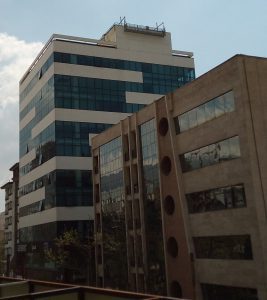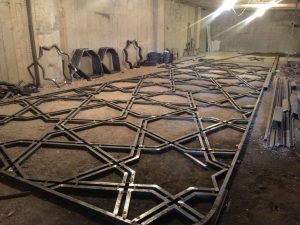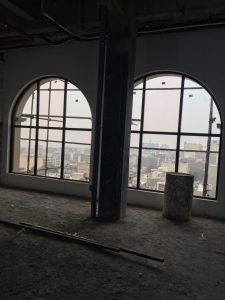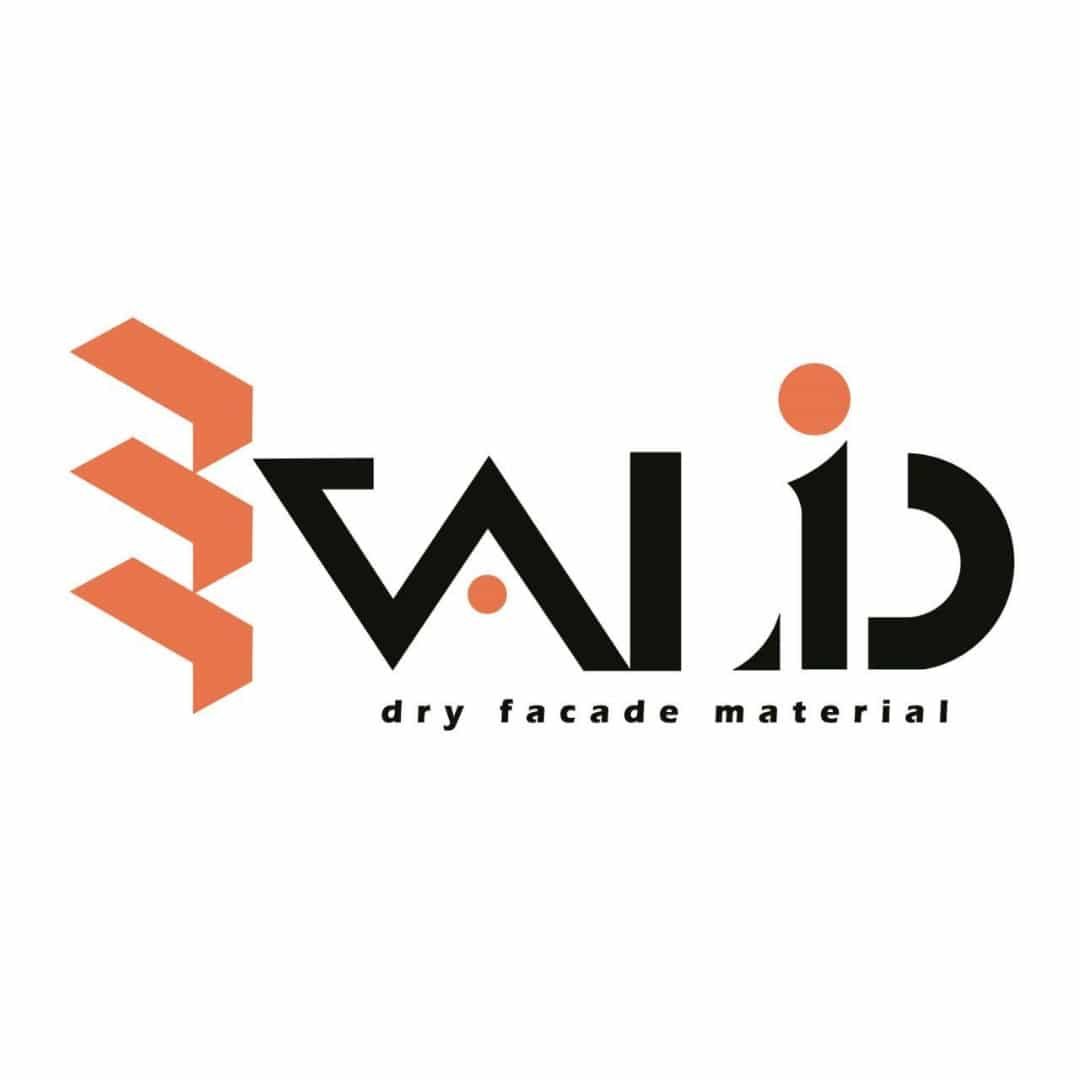Curtain wall design

Curtain wall design is an architectural approach that has become increasingly popular in recent years. A curtain wall is a non-structural exterior wall system that is designed to cover the exterior of a building. This type of system is made up of lightweight materials such as aluminum, glass, and steel. The system is designed to be weather-resistant and to provide an efficient insulation barrier, making it ideal for high-rise buildings. In this article, we will discuss the different aspects of curtain wall design and its benefits.
Design Elements of Curtain Walls
Curtain wall design is composed of several elements that must be considered during the design phase. These elements include the following:
Façade Material: The façade material is the primary element of curtain wall design. The material chosen for the façade must be durable and weather-resistant, as well as energy-efficient.
Structural Support: The curtain wall must be anchored to the building’s structure, typically using steel or aluminum mullions that are anchored to the building’s frame. The mullions and other support elements must be able to withstand the weight and forces of the façade material.

Glazing: The glazing used in curtain walls can vary from single to double, or even triple panes of glass. The type of glazing used will depend on the design requirements, such as thermal performance, sound insulation, and security.
Sealing: Proper sealing is critical to the performance of the curtain wall system. The sealing is used to prevent water penetration, air infiltration, and heat loss.
Integration: The curtain wall must be integrated with other building systems, such as the HVAC, lighting, and electrical systems. Proper integration ensures that the curtain wall system functions effectively and efficiently.

Benefits of Curtain Wall Design
Curtain wall design offers several benefits that make it a popular choice for many architects and building owners. The following are some of the benefits of curtain wall design:
Energy Efficiency: Curtain wall systems provide excellent thermal insulation and can help reduce energy consumption by reducing the building’s heating and cooling loads. The use of low-emissivity (Low-E) glass and high-performance insulation can help achieve even better energy performance.
Natural Light: Curtain wall systems can maximize natural light and views, creating a bright and open environment that can improve occupant productivity and well-being.
Aesthetics: Curtain walls offer a modern and sleek look that can enhance the aesthetic appeal of the building. The ability to use various materials and colors allows for greater design flexibility.
Sustainability: Curtain walls can be designed to be sustainable and eco-friendly. By using materials that are recyclable and incorporating energy-saving features, the building can achieve higher sustainability ratings.
Cost-Effective: Although the initial cost of curtain wall design may be higher than other systems, it can be cost-effective in the long run. The energy savings and durability of the system can help reduce maintenance costs and increase the lifespan of the building.
Challenges of Curtain Wall Design
Curtain wall design does have some challenges that need to be addressed during the design and construction process. The following are some of the challenges of curtain wall design:
Water Penetration: Water penetration can be a significant issue for curtain wall systems. Proper sealing is essential to prevent water from entering the building and causing damage to the structure.
Thermal Bridging: Thermal bridging is another challenge in curtain wall design. The use of thermal breaks and insulated mullions can help reduce thermal bridging and improve the thermal performance of the system.
Wind Load: Wind load is another challenge for curtain wall systems. The system must be designed to withstand wind loads and protect the building and occupants from high winds and storm , they do require regular maintenance to ensure their longevity. Proper cleaning and inspection can help prevent issues such as corrosion, leaks, and cracks.
Installation: Installation of curtain wall systems requires skilled labor and precision. Improper installation can lead to issues such as water infiltration, air leakage, and structural problems.
Design Considerations for Curtain Wall Systems
When designing a curtain wall system, several factors need to be considered. These factors include the following:
Building Location: The building’s location plays a significant role in determining the type of curtain wall system to be used. The system must be able to withstand the local climate and weather conditions, such as high winds, rain, and snow.
Building Use: The building’s use will also impact the type of curtain wall system chosen. Buildings with higher occupancy rates, such as office buildings or hospitals, may require more durable and energy-efficient systems.
Design Intent: The design intent of the building is also a significant consideration in the design of the curtain wall system. The aesthetic appeal and functionality of the system should align with the building’s design concept and purpose.
Structural Design: The structural design of the building must also be considered in the design of the curtain wall system. The system must be able to withstand the forces exerted on it by the building’s structure and withstand wind and seismic loads.
Conclusion
Curtain wall design offers many benefits to building owners and architects, such as energy efficiency, natural light, and aesthetics. However, the design process requires careful consideration of factors such as location, building use, design intent, and structural design. The challenges of water penetration, thermal bridging, wind load, maintenance, and installation also need to be addressed during the design and construction process.
To ensure the success of the curtain wall system, it is crucial to work with a team of professionals experienced in curtain wall design and construction. With the right design, materials, and installation, a curtain wall system can provide a building with a durable, efficient, and visually appealing exterior that will enhance the building’s value and performance.
